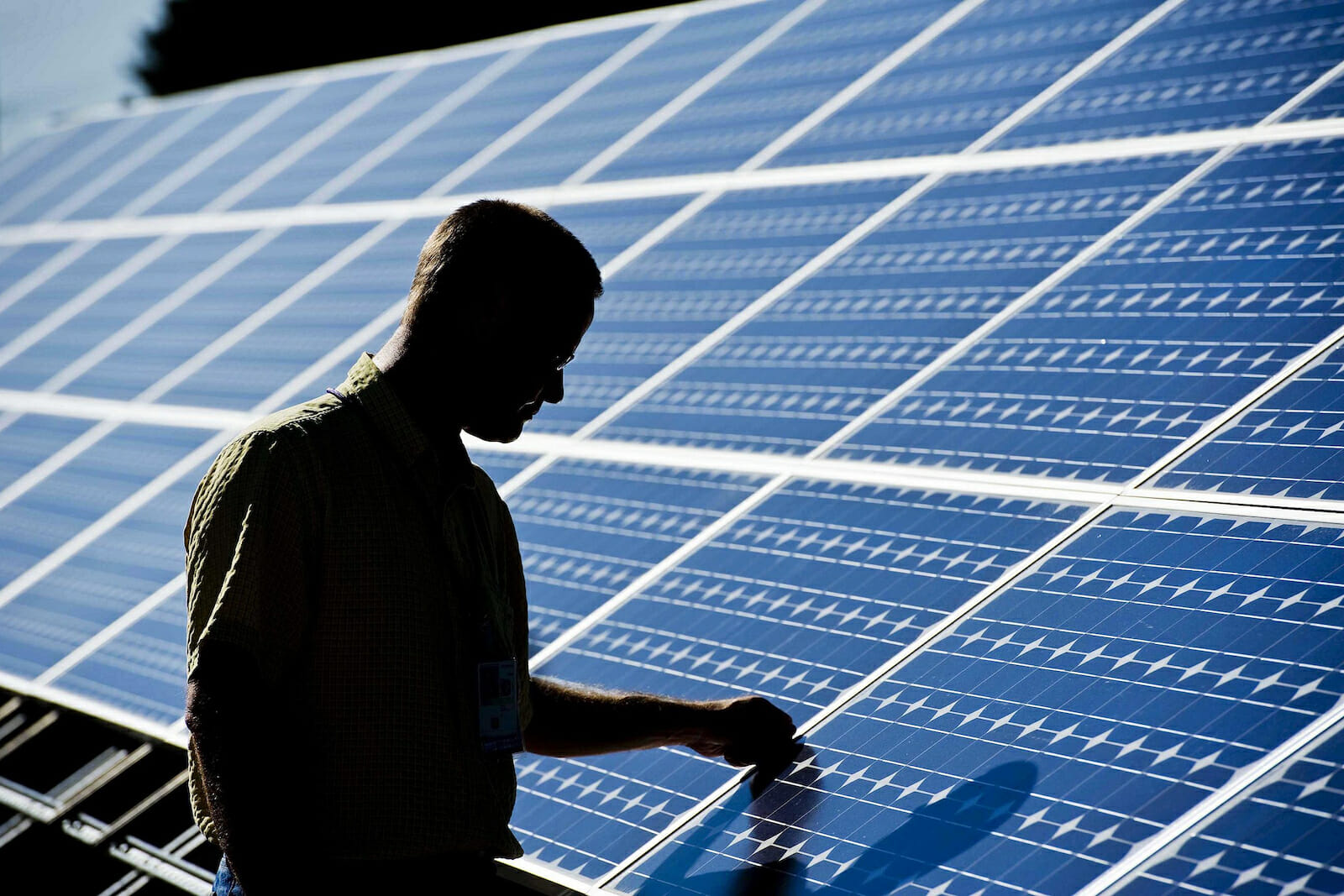
For Progressives, Individual Action is Key to Halting Trump’s War on Renewables
Adapting to the reality that Donald J. Trump will be president of the United States next month hasn’t been easy, on multiple levels, for millions of Americans. It’s an urgent source of concern for environmentalists and climate activists who consistently say they want clean air and water, a shift to renewable energy, and presumably a well-funded and functioning Environmental Protection Agency (EPA) that safeguards a sustainable future.
To the chagrin of many, Trump has promised to dismantle that EPA. He has appointed climate science foe Myron Ebell, director of the Center for Energy and Environment at the Competitive Enterprise Institute, as the EPA transition team leader, and communicated that a halt on climate initiatives will be initiated.
It is hard to envision a more dysfunctional EPA than the one the United States already has, considering the high-profile failure of the Flint water crisis, or the data in a soon-to-be-released study on fracking requested by Congress in 2009. Rather than seeing the EPA strengthened, as many – myself included – hoped, Trump vows to keep environmental goals scattered across otherwise unfettered industries and tasked instead with growing the economy. That economy, though, is the primary reason for why a shift to renewables will still work – and why there’s little chance Trump can stop the transition.
Both the public and private sectors understand that sustainability means profitability, whether that means embracing new technologies to keep both emissions and operating costs lower at utility companies, or designing automobiles and transportation systems that consumers will want to purchase. Indeed, Trump is probably overstating his capacity to gut the EPA, but even if he maintains an ill-informed posture that denies climate science and labels it a Chinese hoax, he can’t stop Americans who want better lifestyles – and will buy appliances, choose jobs and buy homes on a green-future basis.
The private sector is already putting its money in green technologies and the outgoing government has already charted a course enabling that to happen. The U.S. State Department announced that it will participate in Astana Expo 2017 dedicated to “Future Energy,” where the American pavilion will be called “The Source of Infinite Energy” and will showcase U.S. innovation in combatting CO2 levels. With companies such as start-up luminaries like Bioo Tech and their pioneering idea of using plant photosynthesis to generate electricity slated to be one of the EXPO’s main attractions, Trump will have a hard time undoing Obama’s climate agenda. The Kazakhstan-based event is counting on participants from more than 111 countries, 17 international organizations and will see upwards of 5 million visits.
Climate progress in motion keeps moving forward
Yet it’s not just the American marketplace that will advance the cause of a carbon-free future, as if the free-market argument often advanced by conservatives were in and of itself the mechanism to deliver on climate goals. American cities – and for that matter, cities across the planet – could be the true engines of climate action. Without dismissing the importance of the EPA, or the Clean Power Plan and federal-level policy, it remains true that citizens of small climate-smart cities and major metros alike hold the power to determine their collective future. No one in Boulder, Colorado, is going to stop using solar panels or stop buying locally-grown food because Trump is in power. No one in New Orleans is going to forget the lessons of Hurricane Katrina, and no one in San Francisco will walk away from adaptive tech.
“The reason is simple: Cities, businesses and citizens will continue reducing emissions, because they have concluded – just as China has – that doing so is in their own self-interest,” said former New York City mayor Michael Bloomberg, in a recent address to Chinese business leaders on why the U.S. will uphold its commitment to the Paris Climate Agreement.
That success is a function of cities, businesses and citizens, he said, going so far as to argue that if the United States under Trump were to pull out of the Paris accord, he will recommend that the 128 mayors of American cities who are part of the Global Covenant of Mayors, a group he serves as co-chair, shall take their place.
Small cities like Burlington, Vermont in New England or the heartland’s Greensburg, Kansas – rebuilt after a 2007 tornado wiped it off the map – already rely on renewables. Coastal progressive cities aren’t setting the climate clock back either, as the City of San Francisco just made abundantly clear in a local-level resolution that aimed its 11 points at the newly elected president. “Be it further resolved,” the document reads, “that climate change is not a hoax, or a plot by the Chinese. In this city, surrounded by water on three sides, science matters.”
A global community aligned on climate priorities and decisions at the state level – including recent initiatives in Florida, Nevada, Washington and Colorado – press climate to the forefront, albeit in ways that sustainability activists find themselves opposing when the sleight-of-hand intent is meant to stall progress on climate rather than embrace its possibilities. In the case of Washington State, where implementation of a carbon tax was proposed, the measure was opposed by progressive Democrats and others on the left who felt it made too many concessions.
Nonetheless, these efforts underscore the point that Trump and, to date, his carefully selected far-right administration candidates seem to miss: Their climate policy decisions aren’t merely out of touch. The truth is that they cannot work, because they’re anchored in isolation that much of the United States and indeed the world no longer shares. The climate future will move on, and leave Trump behind.
